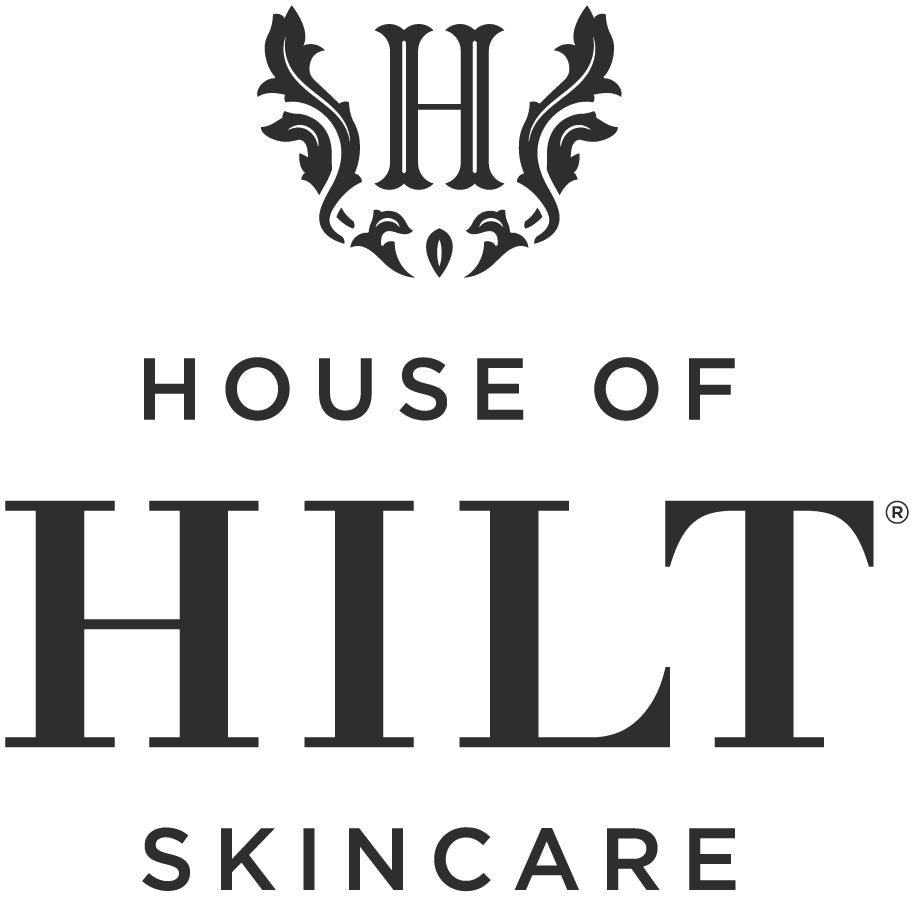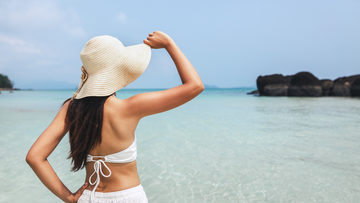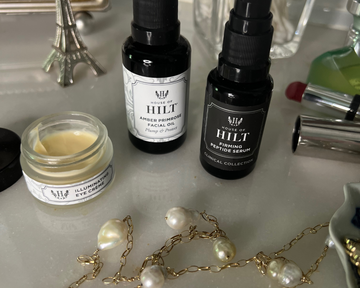You wouldn’t go deep sea diving without a wetsuit to keep warm, so why venture outside without SPF? We need to prepare our bodies for the environment in which they're exposed. Allow us to help you understand SPF better so you can safely enjoy this summer's outdoor activities!
![]()
Let's start by discussing UVA and UVB rays from the sun.
The UVA ray is referred to as the “aging ray” because it penetrates the dermis (the layers of skin under the skin we can't see.) That is what causes 'sun damage', everything from wrinkles to hyperpigmentation, dilated capillaries to more serious conditions like skin abnormalities and cancer. The UVB ray is referred to as the “burning ray” as it only penetrates the epidermis (the skin we can see) and can cause burns. Select a sunscreen that is ‘broad spectrum’, meaning it protects against both UVA and UVB.
![]()
Next and most important is consider the ingredients of your SPF.
Avoid toxic, endocrine-disrupting sunscreens that contain avobenzone and oxybenzone. These ingredients have been shown to not only bleach coral reefs and prevent their reproduction by altering their hormones. Our SPF 30 is proudly toxin-free using non-nano zinc oxide, a safe and effective mineral sunblock for face and body.
![]()
Finally, consider how long you'll be in the sun or how easily your skin 'burns' when exposed in the sun which leads us to SPF, or sun protection factor. It's a 'measurement' of how long a sunblock protects the skin from sunburn caused by UVB exposure. For example, an SPF 15 would provide 15 times more protection than not wearing any sunblock. It's worth noting that you can't add an SPF 15 to an SPF 30 to make an SPF 45 so using the appropriate SPF at the start is ideal.
![]()
Now that you have all of the sunblock basics down, here are a few additional tips to help you enjoy your summer fun:
- Reapply sunblock every 2 hours. If you’re swimming or perspiring, you'll want to apply more often as the product will break down faster, meaning less protection. If you have quite oily skin, you may wish to reapply at 90 minutes as sebum (oil) can also break sunblock down faster, especially on the nose where pores tend to be larger.
- Apply SPF to forgotten areas like your ears and the back of your neck.
- Use the sunshade while driving to block the sun from the left side of your face as best as possible. Glass blocks only UVB (burning) rays so you won’t get a sunburn by driving but it absolutely allows UVA (aging) rays to pass through.
![]()
We hope you feel empowered to enjoy the warmth of the sun on your skin (safely, of course!) and revel in the beauty of mother nature.
Blog updated May of 2024









